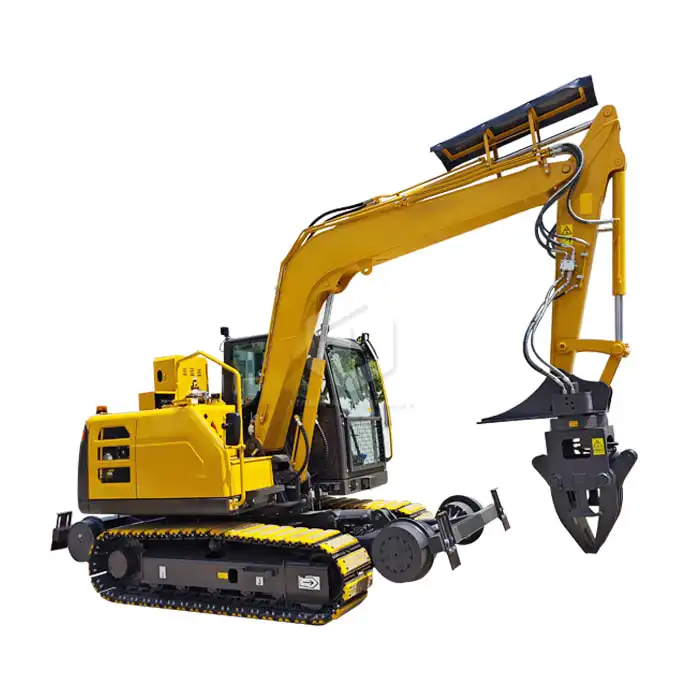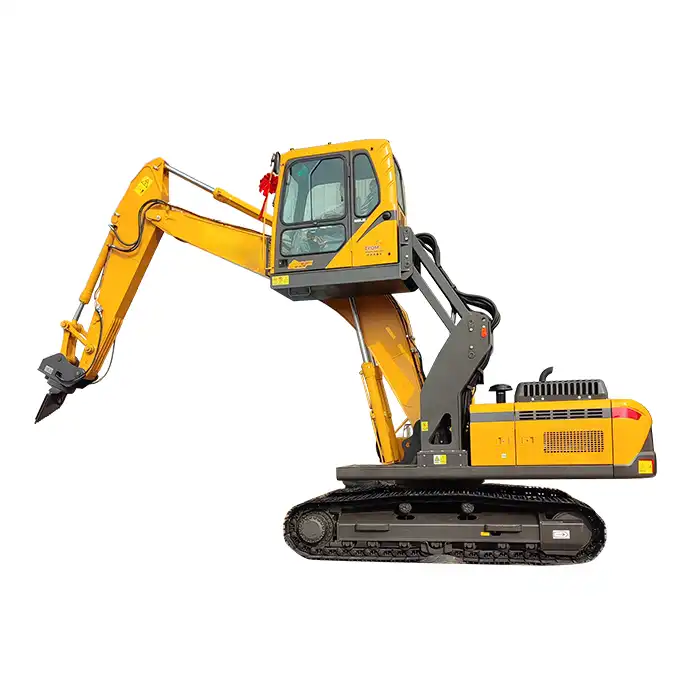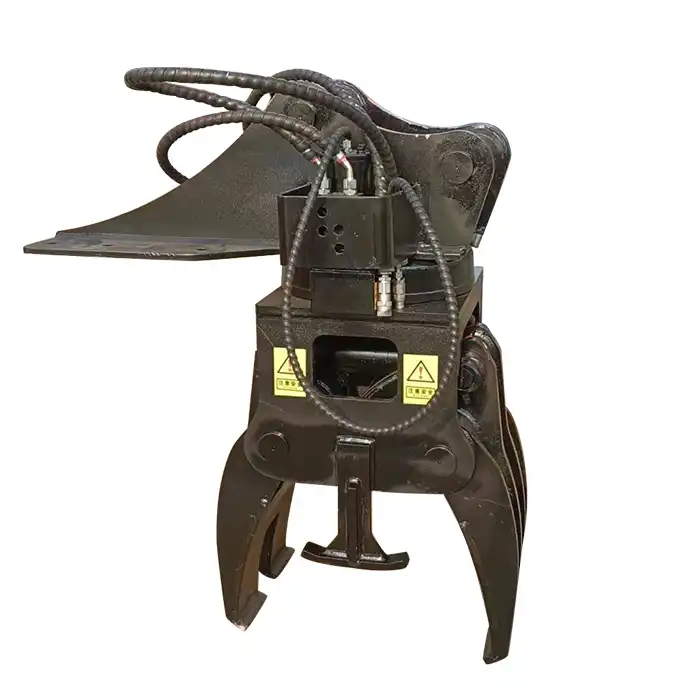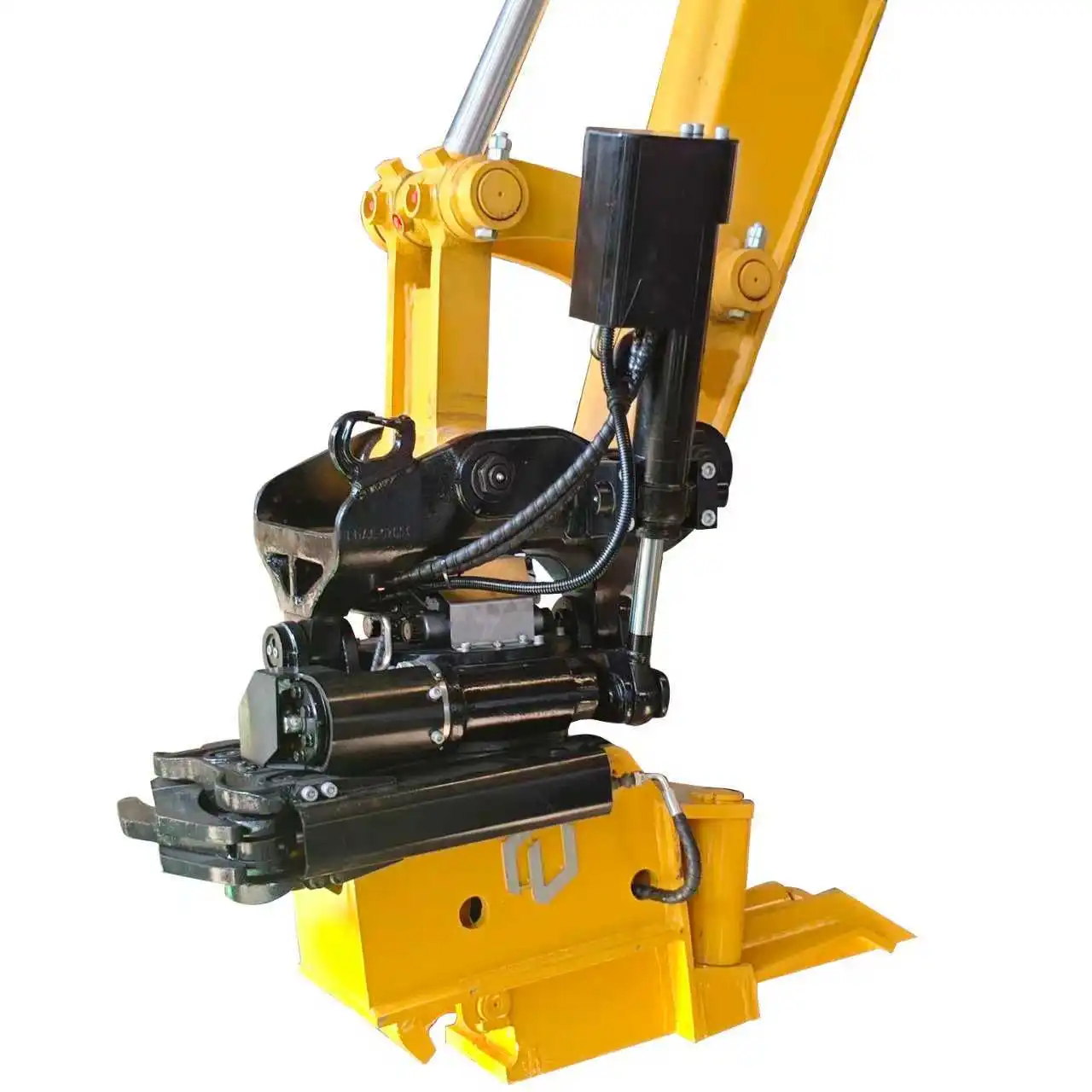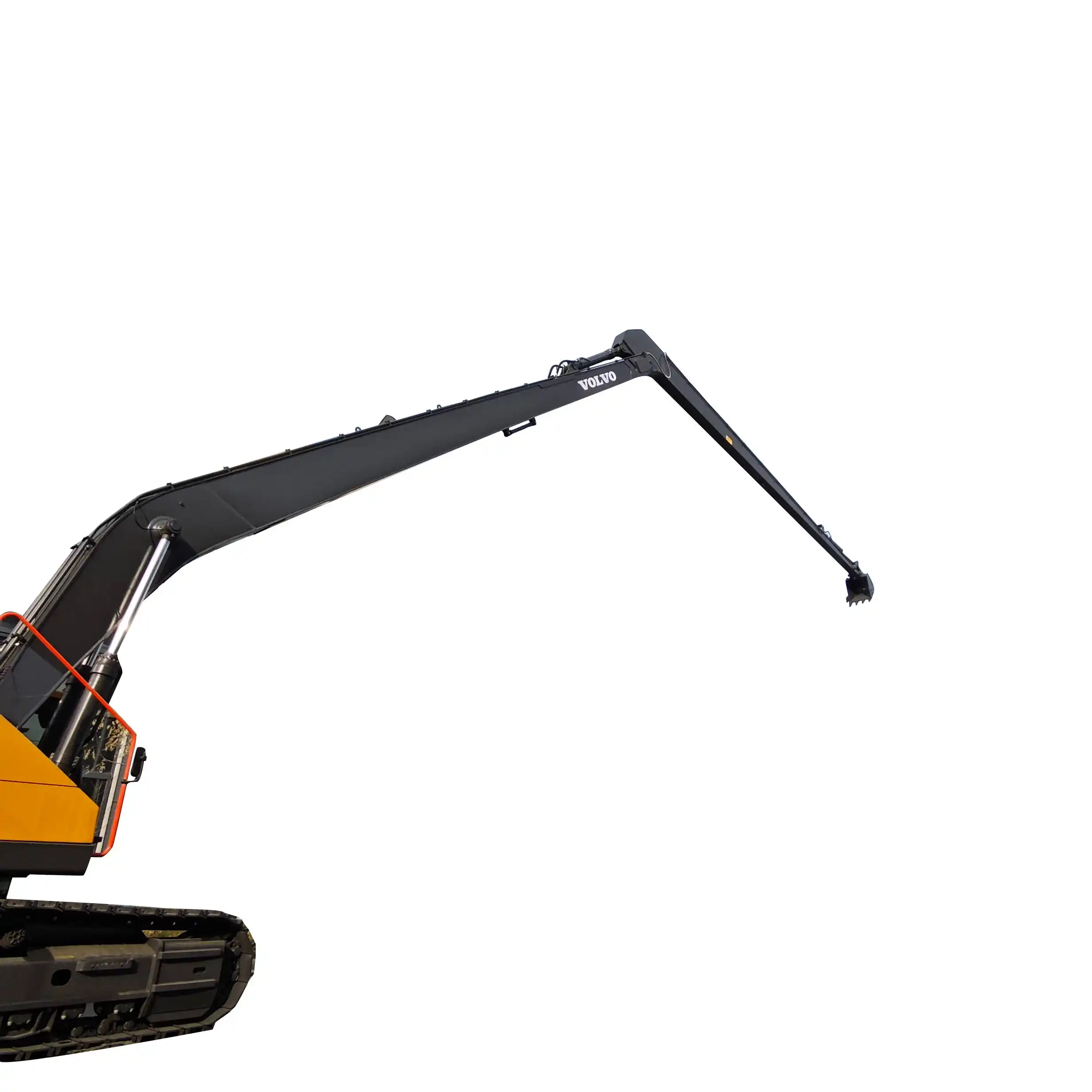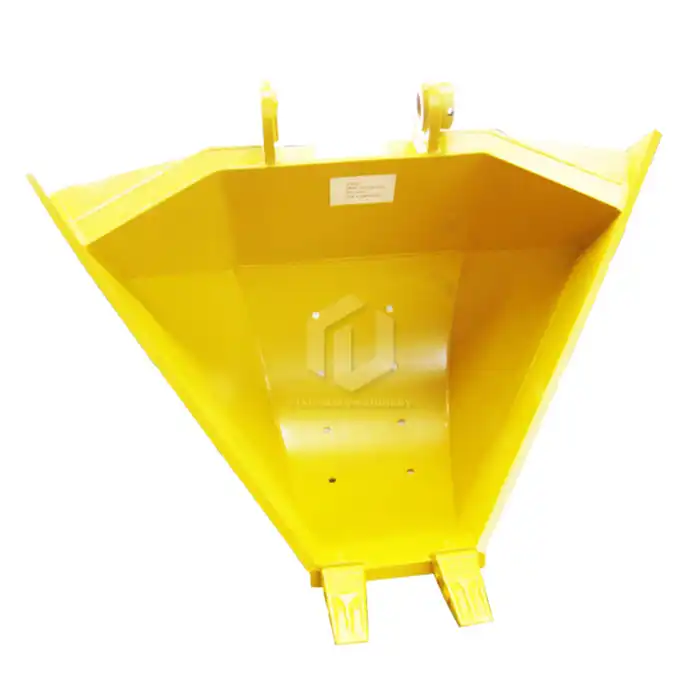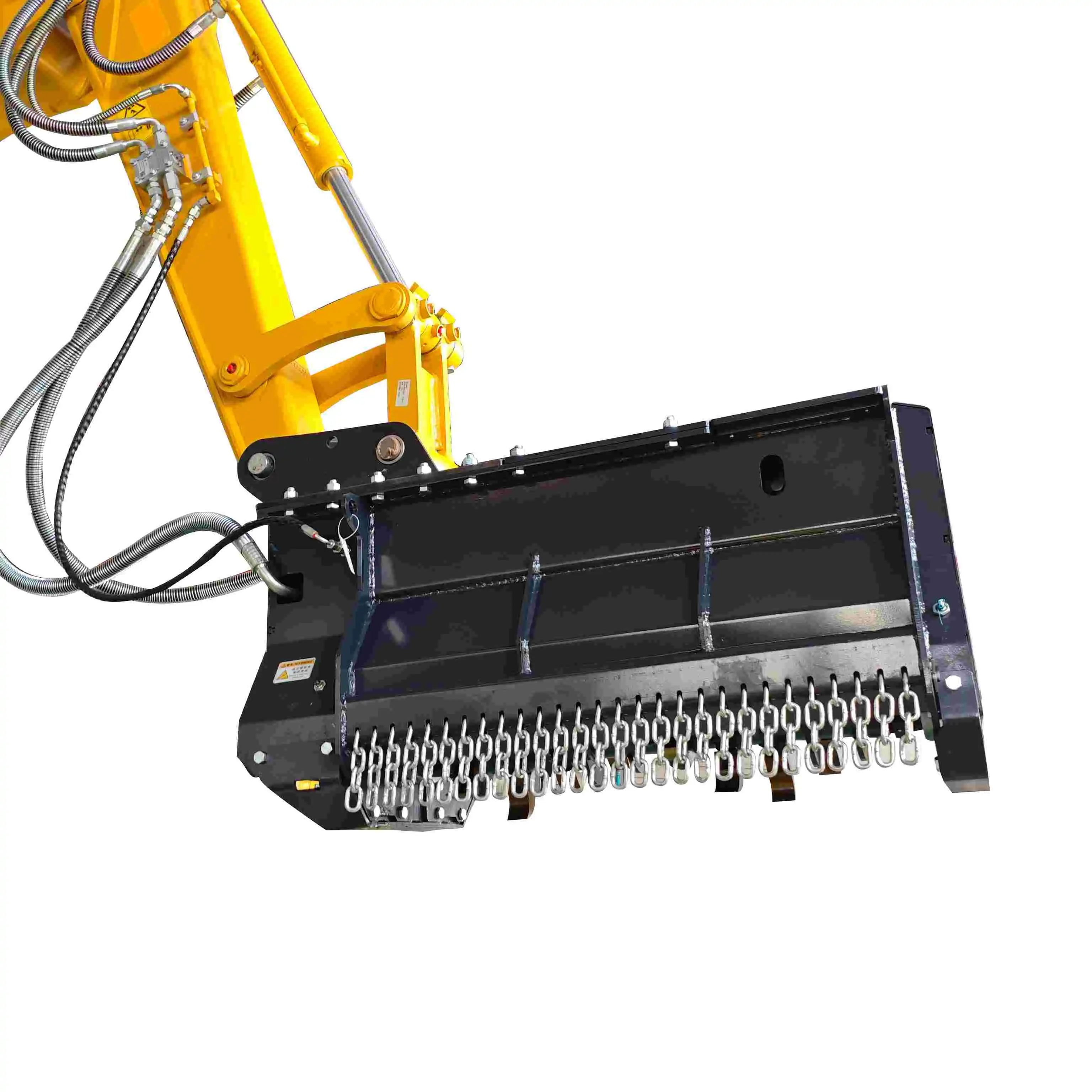How does a ballast car work?
A railroad ballast car, also known as a ballast hopper, is a specialized freight car designed to transport and distribute ballast along railway tracks. These ingenious machines play a crucial role in track maintenance and construction. Ballast cars work by efficiently storing large quantities of ballast material in their hoppers and then precisely releasing it onto the track bed through controlled mechanisms. The process involves a combination of gravity-fed unloading and pneumatic systems, allowing for accurate placement of ballast to ensure proper track stability and drainage.
Anatomy Of A Ballast Car: Key Components
Hopper design: Efficient storage and distribution
The heart of a railroad ballast car lies in its hopper design. These large, sturdy containers are engineered to hold and transport substantial amounts of ballast material. Typically constructed from high-strength steel, the hoppers feature sloped sides that funnel the ballast towards the discharge points. This design maximizes storage capacity while facilitating smooth, controlled release of the material.
Modern ballast cars often incorporate divided hoppers, allowing for the segregation of different types or grades of ballast. This feature proves invaluable when specific sections of track require varied ballast compositions. The hopper's interior surfaces are usually coated with specialized materials to reduce friction and prevent material buildup, ensuring efficient unloading and minimizing maintenance requirements.
Pneumatic systems: Controlled material release
Pneumatic systems play a vital role in the operation of ballast cars. These systems utilize compressed air to control the opening and closing of discharge gates, enabling precise regulation of ballast flow. The pneumatic components include air reservoirs, control valves, and actuators connected to the discharge mechanisms.
By adjusting air pressure and flow, operators can fine-tune the rate and volume of ballast release. This level of control is essential for achieving uniform distribution along the track, particularly in areas with varying ballast requirements. Advanced pneumatic systems also incorporate safety features to prevent accidental discharge and ensure operator safety during maintenance procedures.
Ballast gates: Precision flow management
Ballast gates are the critical interfaces between the hopper and the track below. These adjustable openings, typically located at the bottom or sides of the railroad ballast car, allow for controlled release of ballast. Modern ballast cars feature multiple gates, often with individual control mechanisms, enabling selective discharge patterns.
The gates are designed to withstand the abrasive nature of ballast materials while maintaining precise control over flow rates. Many ballast cars incorporate variable-width gates, allowing operators to adjust the spread pattern to match specific track geometries or maintenance requirements. This flexibility ensures optimal ballast placement, contributing to enhanced track stability and longevity.

Loading and Unloading Mechanisms Explained
Top-loading techniques: Maximizing car capacity
Efficient loading is crucial for optimizing the performance of railroad ballast cars. Top-loading techniques are the most common method for filling these specialized vehicles. Large-scale loading facilities utilize conveyor systems or front-end loaders to deposit ballast material directly into the hopper from above. This approach allows for rapid filling and ensures even distribution of the load within the car.
To maximize capacity, operators often employ strategic loading patterns. This may involve creating a slightly mounded profile in the center of the hopper, taking advantage of the railroad ballast car's full volume while adhering to weight restrictions. Some advanced loading systems incorporate weight sensors and automated controls to prevent overloading and ensure compliance with railway regulations.
Pneumatic unloading: Rapid ballast deployment
Pneumatic unloading systems revolutionize the speed and efficiency of ballast distribution. These systems use high-pressure air to propel ballast material out of the hopper and onto the track bed. The process begins with the activation of onboard air compressors or connection to external air sources. As compressed air is introduced into the hopper, it creates a fluidized state in the ballast material.
The fluidized ballast is then forced through discharge nozzles, creating a controlled spray pattern. This method allows for rapid unloading, even of compacted or slightly moist materials. Pneumatic systems are particularly effective for precision work, such as filling specific voids or creating uniform ballast profiles along extended track sections.
Side-discharge systems: Targeted ballast placement
Side-discharge systems offer unparalleled flexibility in ballast placement. These mechanisms typically consist of adjustable chutes or conveyor systems mounted on the sides of the ballast car. By manipulating the angle and position of these discharge points, operators can direct ballast to specific areas of the track structure.
This targeted approach is invaluable for addressing localized ballast deficiencies or performing shoulder ballast cleaning operations. Side-discharge systems often work in conjunction with variable-width gates, allowing for precise control over the volume and spread of ballast. Some advanced models feature remotely operated discharge units, enabling real-time adjustments based on track conditions or maintenance requirements.

Precision Distribution: Ballast Placement Techniques
Variable flow control: Customized ballast application
Variable flow control systems allow for dynamic adjustment of ballast discharge rates during operation. These sophisticated setups typically involve computerized control units that interface with the car's pneumatic systems and discharge gates. By modulating air pressure and gate openings, operators can fine-tune the flow of ballast to match specific track requirements.
This capability is particularly valuable when dealing with transitions between different track sections, such as approaching switches or crossings. Variable flow control ensures a smooth, continuous distribution of ballast, even when faced with changing track geometries or ballast depth requirements. The result is a more uniform and stable track structure, contributing to improved ride quality and reduced maintenance needs.
Ballast profiling: Ensuring optimal track stability
Achieving the correct ballast profile is essential for maintaining track stability and proper drainage. Advanced ballast cars incorporate profiling systems that shape the discharged material to meet specific engineering standards. These systems often utilize adjustable plows or spreader bars mounted behind the discharge points.
As ballast is released, these profiling devices sculpt it into the desired contour, ensuring proper shoulder slopes and crib fill. Some systems even incorporate vibrating elements to aid in the initial compaction of the placed ballast. By creating consistent, well-formed ballast profiles, these techniques contribute to extended track life and improved performance under varying load conditions.
FAQ
①How often should ballast be replaced or replenished?
The frequency of ballast replacement or replenishment depends on various factors, including traffic volume, environmental conditions, and track design. Typically, major ballast work is performed every 15-20 years, with minor additions or adjustments made more frequently as part of routine maintenance.
②What types of materials are commonly used as railroad ballast?
Common materials used for railroad ballast include crushed stone (such as granite or limestone), gravel, and slag. The choice of material depends on local availability, track requirements, and economic considerations.
③How does weather affect ballast distribution and maintenance?
Weather can significantly impact ballast distribution and maintenance. Extreme temperatures can cause track expansion or contraction, affecting ballast stability. Heavy rainfall may wash away finer particles, while freezing conditions can lead to frost heave. These factors influence the frequency and type of ballast maintenance required.
④Can ballast cars be used for other materials besides traditional track ballast?
While primarily designed for track ballast, some ballast cars can be adapted to transport and distribute other materials such as aggregates for construction projects or materials for erosion control along railway embankments.
⑤How do ballast cars contribute to environmental sustainability in railway maintenance?
Ballast cars contribute to sustainability by enabling precise material placement, reducing waste, and minimizing the need for additional heavy equipment on site. Some modern ballast cars also incorporate dust suppression systems to reduce airborne particulates during unloading operations.
Railroad ballast cars are indispensable tools in the realm of railway maintenance and construction. Their sophisticated design, incorporating efficient hopper systems, precise pneumatic controls, and advanced distribution mechanisms, ensures the accurate and timely placement of ballast material. As technology continues to evolve, these machines are becoming increasingly automated and efficient, contributing to improved track stability, reduced maintenance costs, and enhanced railway performance. Understanding the intricate workings of ballast cars is crucial for professionals in the railway industry, as it underpins the foundation of safe and reliable rail transportation.
When seeking to purchase railroad ballast cars, it's essential to consider reputable manufacturers and suppliers with a proven track record in the industry. Start by researching established companies that specialize in railway maintenance equipment. Look for providers that offer a range of ballast car models to suit different operational needs and track specifications. It's advisable to consult with industry associations or attend trade shows to connect with multiple vendors and compare offerings. Additionally, consider factors such as after-sales support, spare parts availability, and customization options when making your decision.
China Railroad Ballast Car Manufacturer
TianNuo Machinery stands at the forefront of railroad ballast car manufacturing in China. Their state-of-the-art ballast cars boast impressive specifications, including a bucket capacity of 5.5m³, a width of 3300mm, a height of 1500mm, and a depth of 1850mm. Constructed from high-strength steel, these cars feature innovative leakage methods, allowing for ballast discharge on both sides and at the bottom. Beyond ballast cars, TianNuo Machinery offers a comprehensive range of railway maintenance equipment, including sleeper changing machines, screening machines, and tamping machines. They also specialize in excavator modifications and accessories, catering to diverse needs in the construction and engineering sectors. For inquiries about their machinery, contact us at rich@stnd-machinery.com.
References
- Smith, J. (2023). "Advancements in Railroad Ballast Distribution Technology." Railway Track and Structures Magazine, 89(4), 45-52.
- Federal Railroad Administration. (2022). "Guidelines for Ballast Management and Track Stability." FRA Technical Report, TR-2022-003.
- Johnson, A., & Brown, L. (2021). "Optimizing Ballast Car Design for Enhanced Track Maintenance." Proceedings of the American Railway Engineering and Maintenance-of-Way Association Annual Conference, 156-170.
- International Heavy Haul Association. (2023). "Best Practices in Ballast Application for Heavy Haul Operations." IHHA Technical Report, 2023-02.
- Thompson, R., & Lee, S. (2022). "Impact of GPS-Guided Ballast Distribution on Track Geometry Retention." Journal of Rail and Rapid Transit, 236(5), 578-590.
- TianNuo Machinery. (2023). "Innovations in Railroad Maintenance Equipment: A Comprehensive Guide." TianNuo Technical Publication Series, Vol. 3.
About Author: Arm
Arm is a leading expert in the field of specialized construction and railway maintenance equipment, working at Tiannuo Company.

